How-to: Design for the Internet of Things
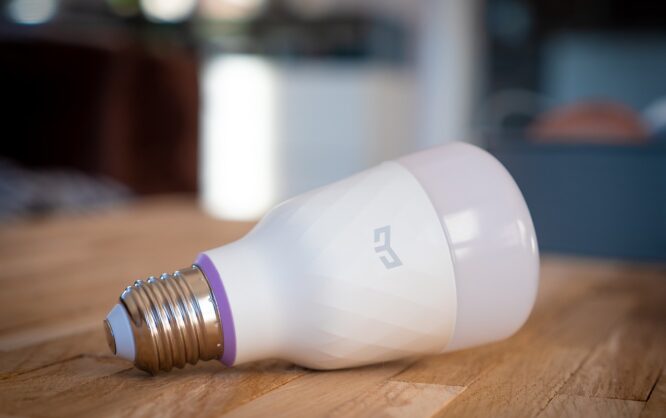
The internet of things requires a different, expanded kind of design. It's all about paying attention to several principles (and thousands of trifles).
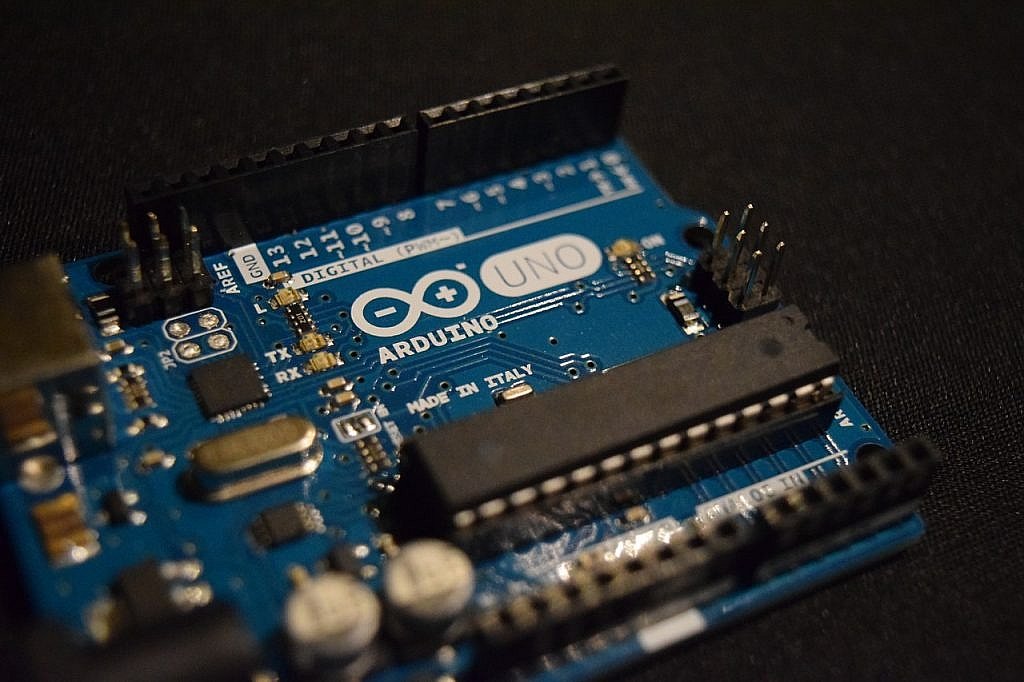 Arduino: Popular Testing Grounds for IoT Newbies (Image Source: LenaertsDaan on Pixabay)[/caption]
For about ten years now, since the rise of the smartphones, purely visual design doesn't do anything for us when it comes to design for big or small or anything in between screens. Larger agencies may still have a division into different areas of design. As a freelancer, you can't afford this luxury. Thus, an exact definition of varying design disciplines is very theoretical, and you have to both look and think outside the box.
Non-rectangular design thoughts can be intimidating or liberating. If you've only designed for screens so far, both reactions to future demands that originate from the design of the internet of things (IoT) are plausible. Our only recommendation can be to approach the matter openly, as the circumstances won't adjust to you. It only works the other way around.
But first, let's take a look at the requirements of IoT design, mainly affecting the creators of such devices.
Arduino: Popular Testing Grounds for IoT Newbies (Image Source: LenaertsDaan on Pixabay)[/caption]
For about ten years now, since the rise of the smartphones, purely visual design doesn't do anything for us when it comes to design for big or small or anything in between screens. Larger agencies may still have a division into different areas of design. As a freelancer, you can't afford this luxury. Thus, an exact definition of varying design disciplines is very theoretical, and you have to both look and think outside the box.
Non-rectangular design thoughts can be intimidating or liberating. If you've only designed for screens so far, both reactions to future demands that originate from the design of the internet of things (IoT) are plausible. Our only recommendation can be to approach the matter openly, as the circumstances won't adjust to you. It only works the other way around.
But first, let's take a look at the requirements of IoT design, mainly affecting the creators of such devices.
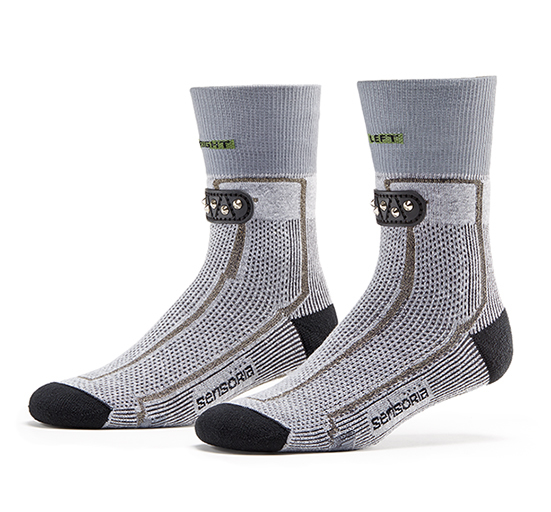 By the way, connected socks are not just a funny example. They are a real thing. (Image Source: Sensoria)[/caption]
By the way, connected socks are not just a funny example. They are a real thing. (Image Source: Sensoria)[/caption]
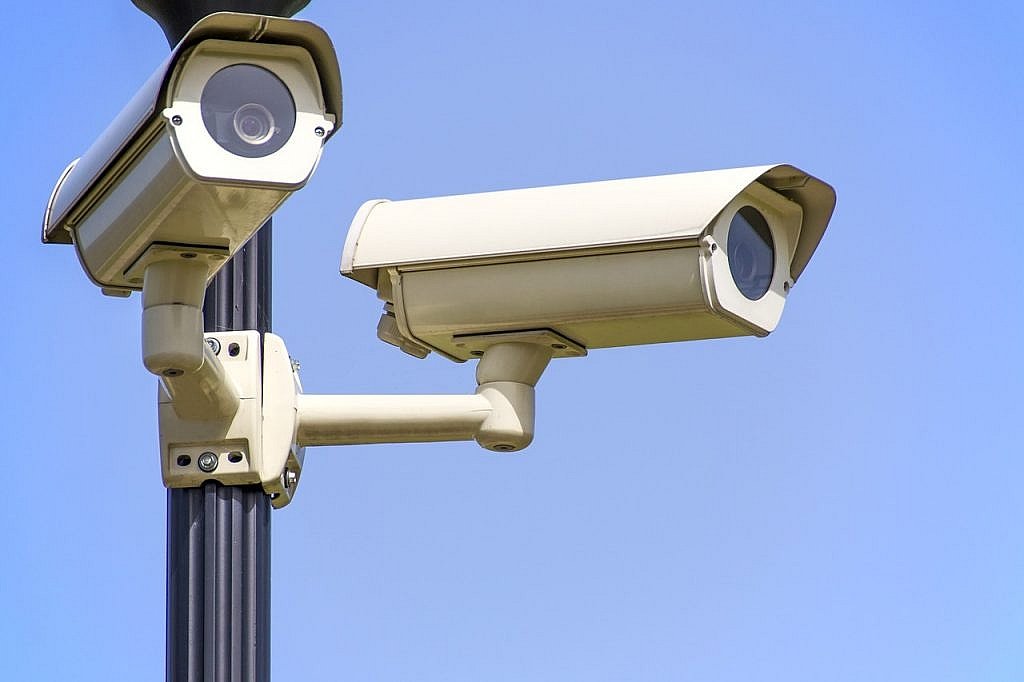 Webcams were a significant part of the infamous botnet attack of late 2016. (Image source: Photo-Mix on Pixabay)[/caption]
To turn a device connected to the internet into a part of the internet of things, it has to have an API. That's the only way it will be able to contact other devices and services, which then is the only way a user can interact with a device more freely than initially planned by its creator. Just imagine Amazon Echo without an API. It would already be dead by now.
Especially the latter aspect reels all of us designers back in. We can use the internet of things for our solutions and add our very own user experience.
Webcams were a significant part of the infamous botnet attack of late 2016. (Image source: Photo-Mix on Pixabay)[/caption]
To turn a device connected to the internet into a part of the internet of things, it has to have an API. That's the only way it will be able to contact other devices and services, which then is the only way a user can interact with a device more freely than initially planned by its creator. Just imagine Amazon Echo without an API. It would already be dead by now.
Especially the latter aspect reels all of us designers back in. We can use the internet of things for our solutions and add our very own user experience.
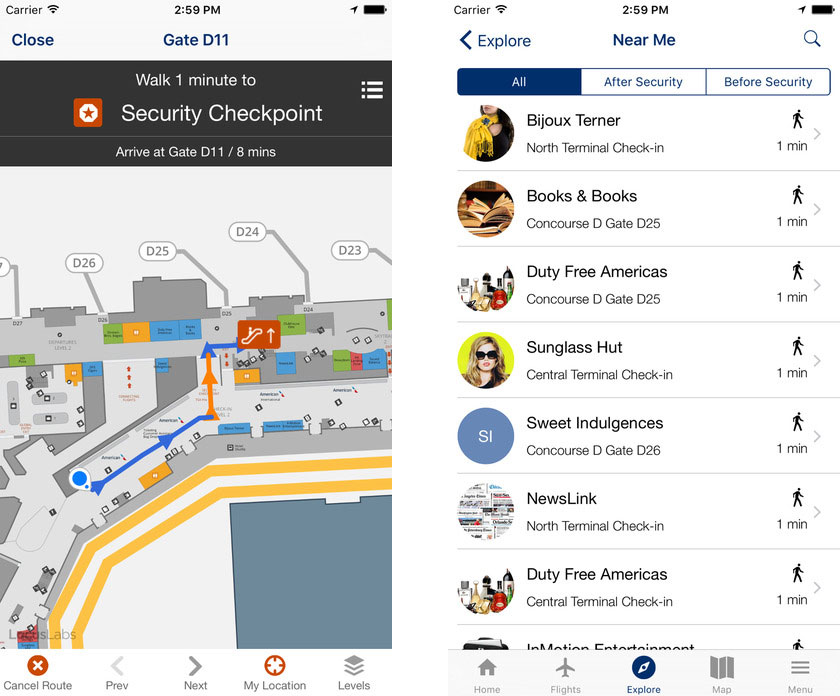 Screenshots from the App MIA Airport Official. (Image source: iTunes)[/caption]
Sergio Ortiz describes the example of Miami airport in his article "IOT gives rise to intelligent & personalized design." Over the course of 2016, the airport was equipped with 400 beacons. Via an app that the airport visitors can install on their smartphones, these become a complete solution. At every spot at the airport, the visitors receive location-related information, telling them where they can find which store or checkpoint, for example. Aside from that, the app also provides customer-related information, like check-in call-ups, or the navigation to a specific gate. The goal is to constantly fuel the visitor with useful information.
The airport example is rather easy to grasp, and also seems logical and sensible right off the bat. It gets more difficult when the context is so wide that it can not be limited to one location. In the most complex form, the context could even be the user and his different needs and necessities. Merely detecting them is one of the future's challenges.
[caption id="attachment_103987" align="aligncenter" width="1000"]
Screenshots from the App MIA Airport Official. (Image source: iTunes)[/caption]
Sergio Ortiz describes the example of Miami airport in his article "IOT gives rise to intelligent & personalized design." Over the course of 2016, the airport was equipped with 400 beacons. Via an app that the airport visitors can install on their smartphones, these become a complete solution. At every spot at the airport, the visitors receive location-related information, telling them where they can find which store or checkpoint, for example. Aside from that, the app also provides customer-related information, like check-in call-ups, or the navigation to a specific gate. The goal is to constantly fuel the visitor with useful information.
The airport example is rather easy to grasp, and also seems logical and sensible right off the bat. It gets more difficult when the context is so wide that it can not be limited to one location. In the most complex form, the context could even be the user and his different needs and necessities. Merely detecting them is one of the future's challenges.
[caption id="attachment_103987" align="aligncenter" width="1000"]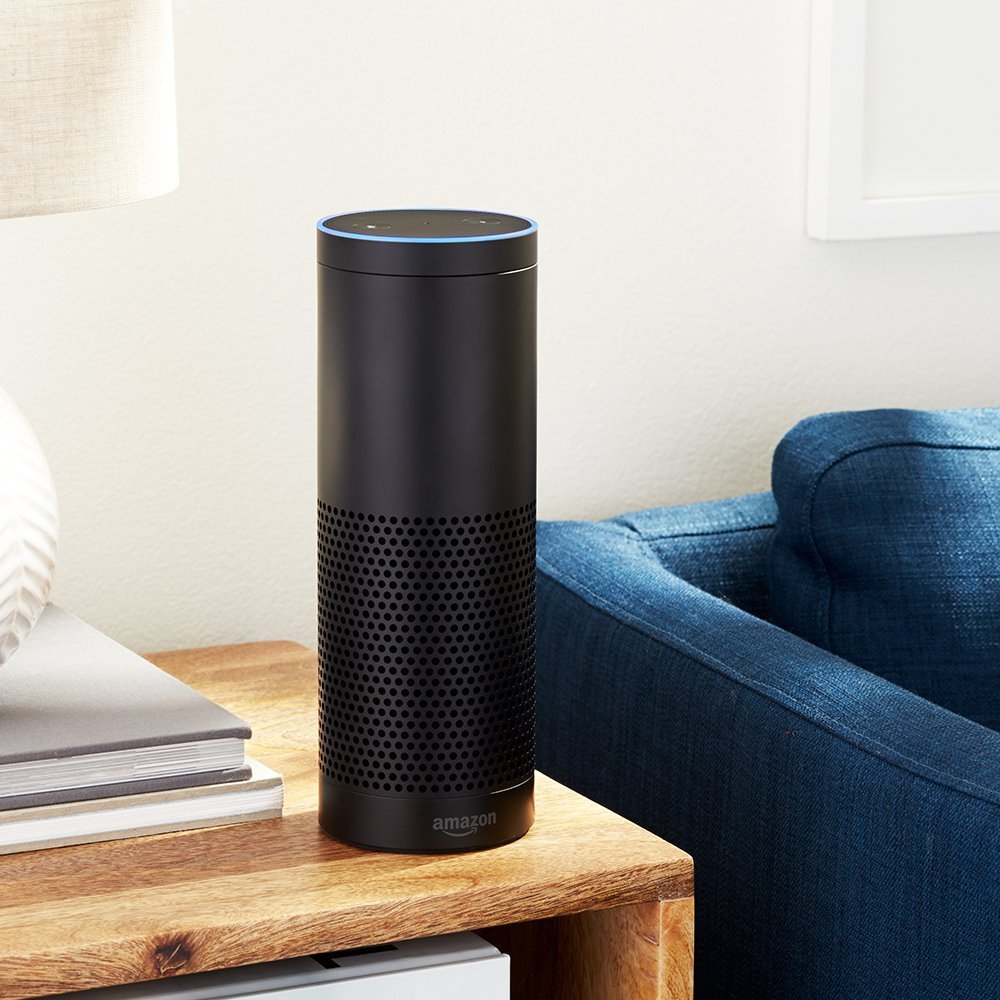 Learn IoT Design on the Echo. (Image source: Amazon)[/caption]
It takes access to the according API to design context. If we want to slowly start dealing with future topics, I recommend looking deep into products that provide one. Amazon praises themselves for the product Echo, a speaker with the Alexa speech assistant, with 15,000 so-called skills already available.
Skills are smaller or bigger "apps" that work via voice control on the Echo devices but are not provided by Amazon. Here, plenty of people are already playing around with the respective API. And, let's not fool ourselves, often, they are not very successful.
However, we are at the beginning. We have to learn somehow.
Learn IoT Design on the Echo. (Image source: Amazon)[/caption]
It takes access to the according API to design context. If we want to slowly start dealing with future topics, I recommend looking deep into products that provide one. Amazon praises themselves for the product Echo, a speaker with the Alexa speech assistant, with 15,000 so-called skills already available.
Skills are smaller or bigger "apps" that work via voice control on the Echo devices but are not provided by Amazon. Here, plenty of people are already playing around with the respective API. And, let's not fool ourselves, often, they are not very successful.
However, we are at the beginning. We have to learn somehow.
The Internet of Things is the Next Evolutionary Stage of the Web
Right off the bat, let's answer the question on how we should define the design term in the following article. We'll mainly focus on the design and user experience, the so-called UX design. The internet of things does not let us focus on this aspect exclusively, though. The internet of things should be considered the next evolutionary stage of the web. In the nineties, adding visual interfaces to the internet was enough, and they rarely ever did more than linking content. This visual design is what we considered to be the design for the world wide web. It was merely reduced graphic design, tailored to a single medium. The education of print designers was a perfect premise for the job. Starting with the millennium, even us (visual) designers didn't get around looking into programming, at least in the sense of scripting. PHP was the hot topic. Today, there are far more alternatives, but also a continuously growing necessity of knowing JavaScript. [caption id="attachment_103988" align="aligncenter" width="1024"] Arduino: Popular Testing Grounds for IoT Newbies (Image Source: LenaertsDaan on Pixabay)[/caption]
For about ten years now, since the rise of the smartphones, purely visual design doesn't do anything for us when it comes to design for big or small or anything in between screens. Larger agencies may still have a division into different areas of design. As a freelancer, you can't afford this luxury. Thus, an exact definition of varying design disciplines is very theoretical, and you have to both look and think outside the box.
Non-rectangular design thoughts can be intimidating or liberating. If you've only designed for screens so far, both reactions to future demands that originate from the design of the internet of things (IoT) are plausible. Our only recommendation can be to approach the matter openly, as the circumstances won't adjust to you. It only works the other way around.
But first, let's take a look at the requirements of IoT design, mainly affecting the creators of such devices.
Arduino: Popular Testing Grounds for IoT Newbies (Image Source: LenaertsDaan on Pixabay)[/caption]
For about ten years now, since the rise of the smartphones, purely visual design doesn't do anything for us when it comes to design for big or small or anything in between screens. Larger agencies may still have a division into different areas of design. As a freelancer, you can't afford this luxury. Thus, an exact definition of varying design disciplines is very theoretical, and you have to both look and think outside the box.
Non-rectangular design thoughts can be intimidating or liberating. If you've only designed for screens so far, both reactions to future demands that originate from the design of the internet of things (IoT) are plausible. Our only recommendation can be to approach the matter openly, as the circumstances won't adjust to you. It only works the other way around.
But first, let's take a look at the requirements of IoT design, mainly affecting the creators of such devices.
You Don't Have to do Everything Just Because it's Possible
Foot fungus detection via connected socks? Could work, but does it make sense? Whatever your answer to this question may be, the question itself is already wrong. The question shouldn't be what else we can connect to the internet. Instead, it should be about creating the perfect product, or, more precisely, the ideal solution for an existing problem. We should only think about how we can integrate the internet for optimization purposes if it helps to perfect this solution. [caption id="attachment_103986" align="aligncenter" width="551"] By the way, connected socks are not just a funny example. They are a real thing. (Image Source: Sensoria)[/caption]
By the way, connected socks are not just a funny example. They are a real thing. (Image Source: Sensoria)[/caption]
The Product Has to Work Offline
A stable connection to the web of all webs is not granted everywhere. Depending on the product, it even isn't granted in most cases. Thus, it is essential to create products for the IoT that are as functional as possible without any, or with a poor connection. This affects two aspects. Firstly, the majority of data storage has to be taken care of locally, for operating data to be available without an internet connection. Secondly, the focus on local data storage is also crucial because web connection can vary in speed, while the user always expects instantaneous performance. Delays due to poor connections make the product seem unreliable. The user experience suffers.The Product has to be Safe and Updatable
It seems like the creators of IoT devices did not emphasize safety or updatability in the past. This is incomprehensible because IoT devices have lifespans very different from smartphones, meaning they are used much longer and should be able to adjust to changing requirements. How the developers got the idea to create armies of unsafe, fully networked devices that can't even be made more secure via updates, will probably stay one of the big secrets of capitalism. It's not acceptable. [caption id="attachment_103990" align="aligncenter" width="1024"] Webcams were a significant part of the infamous botnet attack of late 2016. (Image source: Photo-Mix on Pixabay)[/caption]
To turn a device connected to the internet into a part of the internet of things, it has to have an API. That's the only way it will be able to contact other devices and services, which then is the only way a user can interact with a device more freely than initially planned by its creator. Just imagine Amazon Echo without an API. It would already be dead by now.
Especially the latter aspect reels all of us designers back in. We can use the internet of things for our solutions and add our very own user experience.
Webcams were a significant part of the infamous botnet attack of late 2016. (Image source: Photo-Mix on Pixabay)[/caption]
To turn a device connected to the internet into a part of the internet of things, it has to have an API. That's the only way it will be able to contact other devices and services, which then is the only way a user can interact with a device more freely than initially planned by its creator. Just imagine Amazon Echo without an API. It would already be dead by now.
Especially the latter aspect reels all of us designers back in. We can use the internet of things for our solutions and add our very own user experience.
Create Applications That Benefit From Context
Context is the keyword. The individual IoT participant is not interesting, but the unity or respectively connected parts of it are. This can create applications that let the user forget that he's actually dealing with a dozen of independent devices. Design turns the individual components into a new web. Would it be enough for you if you were able to control each of your smart lamps one by one? And if there was another remote to control the smart shutters, with another remote to turn the heating on and off? Of course, the answer is "no." It's not surprising that Smart Home has been fascinating the construction industry for almost twenty years. The problem of the weak market penetration was not caused by a lack of ideas, but by the lack of technological possibilities. The accelerating internet and its wide availability, with related technologies such as WiFi or Bluetooth, is what allows for sensible solutions. And although Smart Home should definitely be the most prominent example, it is far from the only one. [caption id="attachment_103989" align="aligncenter" width="840"] Screenshots from the App MIA Airport Official. (Image source: iTunes)[/caption]
Sergio Ortiz describes the example of Miami airport in his article "IOT gives rise to intelligent & personalized design." Over the course of 2016, the airport was equipped with 400 beacons. Via an app that the airport visitors can install on their smartphones, these become a complete solution. At every spot at the airport, the visitors receive location-related information, telling them where they can find which store or checkpoint, for example. Aside from that, the app also provides customer-related information, like check-in call-ups, or the navigation to a specific gate. The goal is to constantly fuel the visitor with useful information.
The airport example is rather easy to grasp, and also seems logical and sensible right off the bat. It gets more difficult when the context is so wide that it can not be limited to one location. In the most complex form, the context could even be the user and his different needs and necessities. Merely detecting them is one of the future's challenges.
[caption id="attachment_103987" align="aligncenter" width="1000"]
Screenshots from the App MIA Airport Official. (Image source: iTunes)[/caption]
Sergio Ortiz describes the example of Miami airport in his article "IOT gives rise to intelligent & personalized design." Over the course of 2016, the airport was equipped with 400 beacons. Via an app that the airport visitors can install on their smartphones, these become a complete solution. At every spot at the airport, the visitors receive location-related information, telling them where they can find which store or checkpoint, for example. Aside from that, the app also provides customer-related information, like check-in call-ups, or the navigation to a specific gate. The goal is to constantly fuel the visitor with useful information.
The airport example is rather easy to grasp, and also seems logical and sensible right off the bat. It gets more difficult when the context is so wide that it can not be limited to one location. In the most complex form, the context could even be the user and his different needs and necessities. Merely detecting them is one of the future's challenges.
[caption id="attachment_103987" align="aligncenter" width="1000"] Learn IoT Design on the Echo. (Image source: Amazon)[/caption]
It takes access to the according API to design context. If we want to slowly start dealing with future topics, I recommend looking deep into products that provide one. Amazon praises themselves for the product Echo, a speaker with the Alexa speech assistant, with 15,000 so-called skills already available.
Skills are smaller or bigger "apps" that work via voice control on the Echo devices but are not provided by Amazon. Here, plenty of people are already playing around with the respective API. And, let's not fool ourselves, often, they are not very successful.
However, we are at the beginning. We have to learn somehow.
Learn IoT Design on the Echo. (Image source: Amazon)[/caption]
It takes access to the according API to design context. If we want to slowly start dealing with future topics, I recommend looking deep into products that provide one. Amazon praises themselves for the product Echo, a speaker with the Alexa speech assistant, with 15,000 so-called skills already available.
Skills are smaller or bigger "apps" that work via voice control on the Echo devices but are not provided by Amazon. Here, plenty of people are already playing around with the respective API. And, let's not fool ourselves, often, they are not very successful.
However, we are at the beginning. We have to learn somehow.
Related Posts:
- UX Design for the Internet of Things | Medium
- The role of design in the Internet of Things | Creative Bloq
- What does being an IoT UX Designer mean? | Medium
- The IoT Design Principles | SOMO Imagineers
- Design: What's Important for the Future of Speech Interfaces | Noupe
